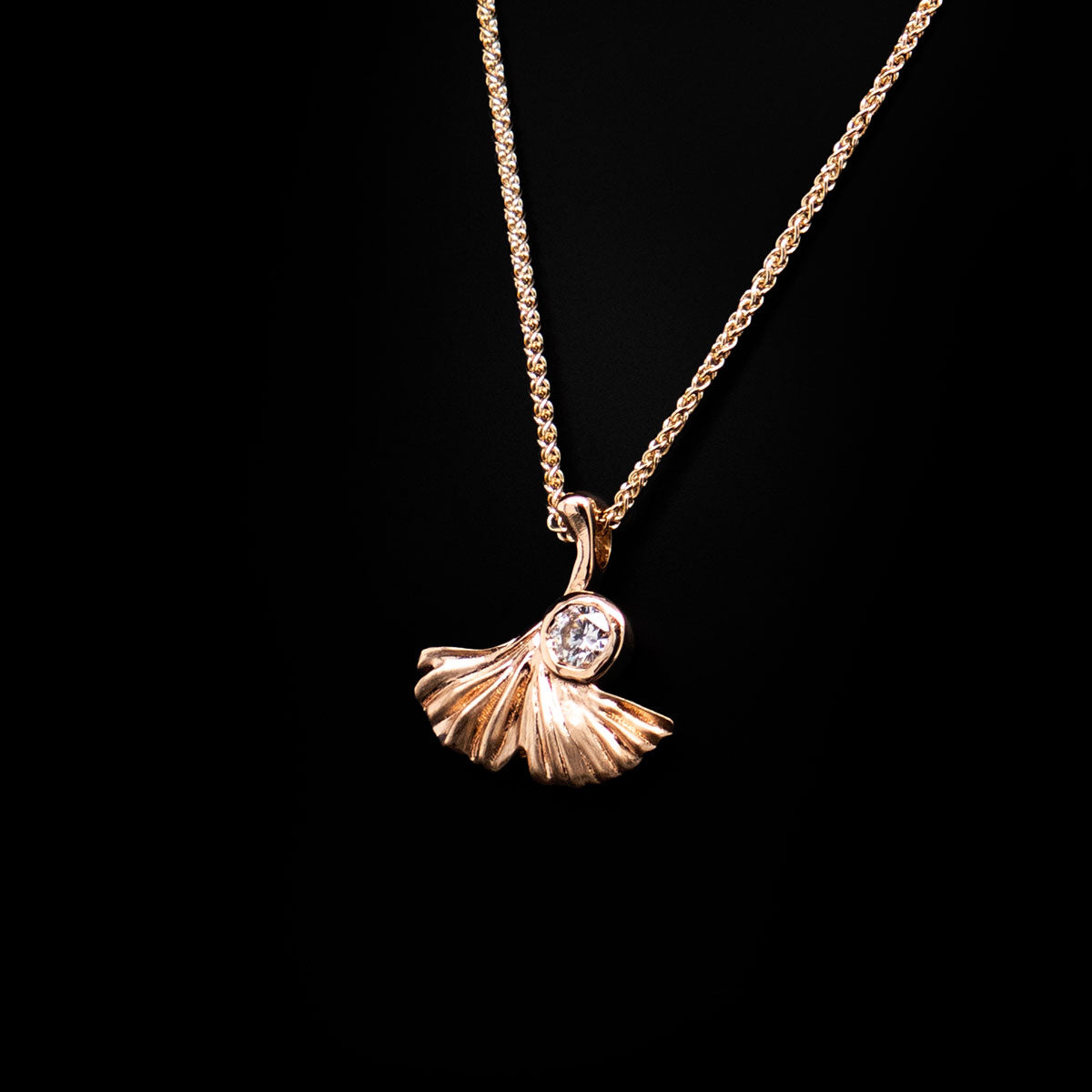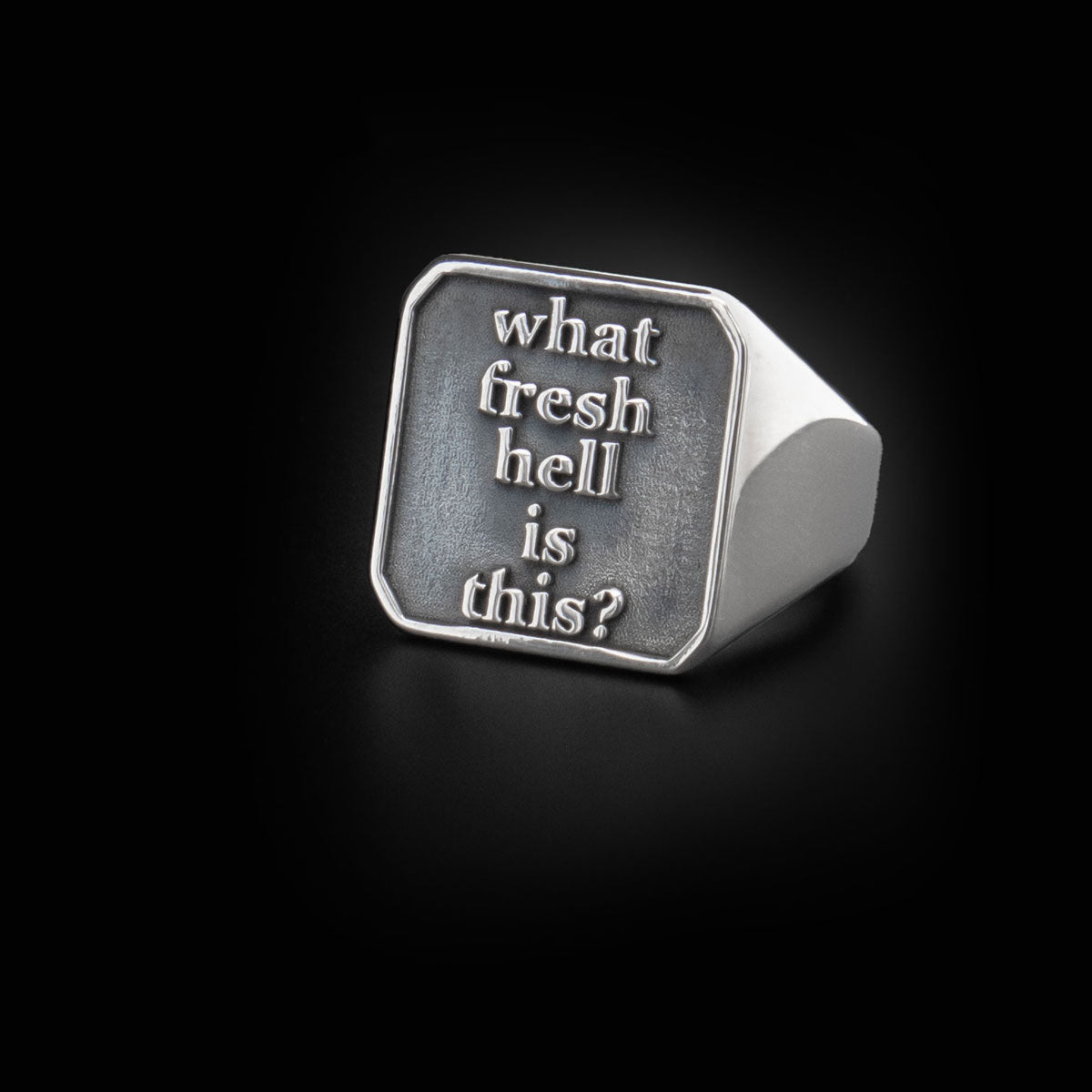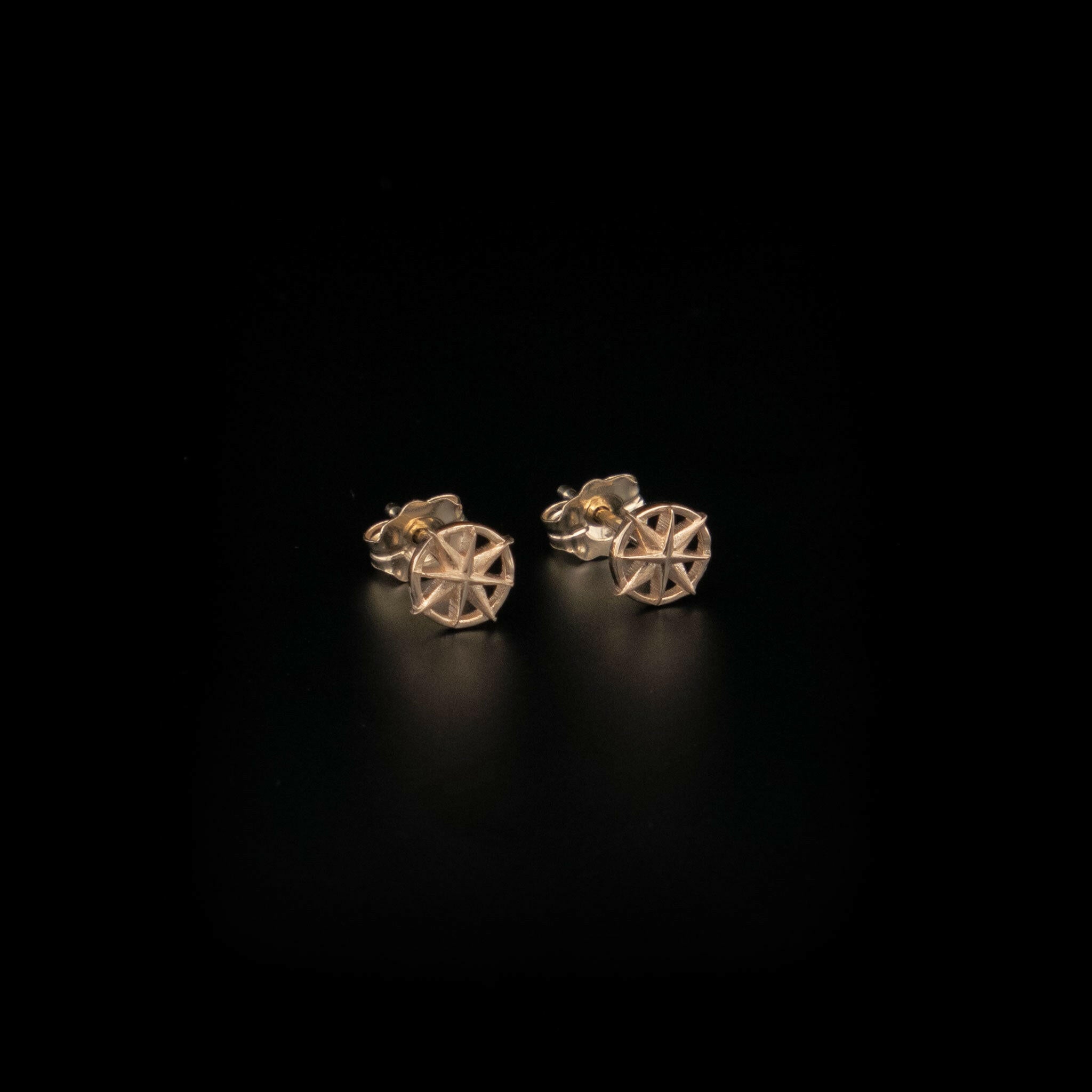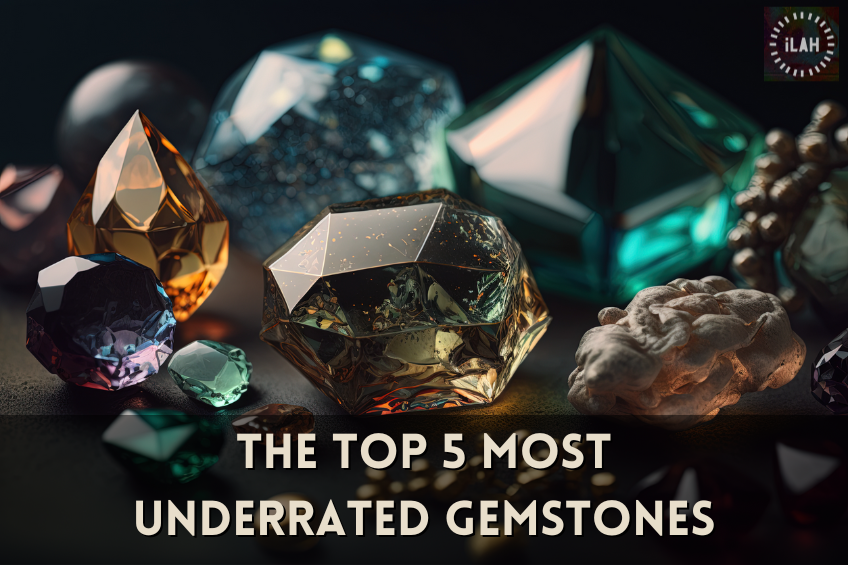There are so many beautiful gemstones out there. Which is the best choice for your next jewelry or loose stone purchase? Popular gemstones such as ruby, emerald, sapphire, and quartz are always at the top of the list–but how about selecting something unusually distinctive? Lab-grown diamonds, agate jewelry, spinel jewelry, topaz jewelry, and opal jewelry are all great choices for high-quality designs, durability, and longevity.
This blog post will cover our Top 5 Underrated Gemstones, introducing their special attributes and why you should consider choosing these five beautiful stones.
1. Lab-Grown Stones
Sustainability and eco-friendly products have become more important over the last several years as consumer awareness grows, setting the stage for increasing consciousness and less of a carbon footprint.
Lab-grown stones are eco-friendly and sustainable without disrupting the earth's strenuous mining process, extracting and locating the stones, harsh labor conditions, and higher costs associated with high-quality natural stones and diamonds.
Lab-grown stones may include lab-grown diamonds, lab-grown corundum (ruby and sapphire), lab-grown emeralds, lab-grown alexandrite, and more. These lab-grown stones possess all the glamor and prestige of their natural counterparts; they are also identical in chemical and optical properties.
You can choose a larger carat weight and the design you have always wanted with a lab-grown stone at a fraction of the price. Looking and feeling beautiful doesn't have to come at such a steep price tag, not only for your budget but for the environment as well, with lab-grown stones.
Lab-Grown Stones/Lab-Grown Diamond Jewelry
Lab-grown stones, particularly lab-grown diamonds, are frequently set into engagement rings, stacking rings, wedding bands, and pendants. Lab-grown diamonds are just as versatile as natural, earth-mined diamonds, durable, sparkling, and high-quality. Only a trained eye can tell the difference.
Lab-Grown Diamonds
- Colors: Clear/colorless, pink, blue, green, yellow (fancy colors)
- Chemical Formula: C (carbon)
- Crystal System: Cubic
- Luster: Adamantine
- Subtransparent to translucent
- Refractive Index: 2.418
- Specific Gravity: 3.52±0.01
- Mohs Hardness Scale: 10 (10 is the hardest)
Browse Our Collections
2. Agate
Did you know chalcedony is a type of quartz (amethyst, citrine, aventurine)?
Chalcedony is an aggregate-opaque mineral formed within volcanic rocks and metamorphic rocks, lending to the mystique of these stunning yet affordable stones that are primarily composed of any form of microcrystalline or cryptocrystalline quartz.
Agate is a variety of the mineral group chalcedony, displaying beautiful bands and patterns within each intriguing stone variety. Agates have different names, describing their appearance and setting them apart from each other (agate types).
Moss agate exhibits gorgeous patterns reminiscent of Spanish tree moss, drawing attention to its tranquility. Montana agate displays colors reminiscent of tree amber and other golden to brown hues, banded or patterned with white.
Agate Jewelry
Agate is also fairly durable, making it practical enough to be worn frequently and set into various jewelry designs. Statement-worthy rings, pendants, beaded strands (bracelets, necklaces), dangling earrings, and loose stones all make great choices.
Stone Information (Agate)
- Color: Banded colors
- Chemical Formula: SiO2
- Crystal System: Trigonal or monoclinic
- Specific Gravity: 2.58–2.64
- Refractive Index: 1.530–1.540
- Luster: Waxy
- Translucent
- Mohs Hardness Scale: 6.5–7
3. Spinel
Spinel is a type of mineral that is similar to ruby but much more durable. Spinel gets its color from chromium or magnesium and is found near corundum crystals. Spinel is available in natural and synthetic forms, broadening the audience for this special stone.
Spinel Jewelry
Spinel is used in high-end luxury jewelry brands because it is beautiful, versatile, and durable enough to be frequently worn, fashioned, cut, and set into styles made to last for years to come. Anniversary rings, stacking bands, pendants, and more feature spinels, often as the main attraction and paired with other prestigious stones and diamonds.
Stone Information (Spinel)
- Colors Include Lavender/purple, red, violet, blue, green, brown, black, and colorless/clear.
- Chemical Formula: MgAl₂O₄
- Crystal System: Cubic
- Specific Gravity: 3.60
- Refractive Index: 1.718
- Luster: Vitreous
- Transparent to Opaque
- Mohs Hardness Scale: 7.5-8
4. Imperial Topaz
Imperial topaz is a striking yellow topaz that should not be compared or confused with "treated topaz," which has a metallic coating over the exterior of the natural stone. Imperial topaz is also called golden topaz, an ode to its beautiful, crisp hue.
Topaz is generally free of inclusions and may be mistaken for quartz because of its color variety, affordability, and versatility.
Imperial Topaz Jewelry
Topaz can be fashioned into larger carat weights, unique shapes, endless styles, and designs, artistically set into fine metals of your choice. Imperial topaz is showcased in emerald cuts in cocktail rings, birthstone jewelry, tennis bracelets, and more. Sparkling diamonds may form the topaz, creating a halo cluster.
Stone Information (Topaz)
- Colors: Golden reddish to yellow (Imperial Topaz). Other topaz colors include colorless/clear, orange, pink, gray, brown, and yellowish-brown.
- Mineral Family: Topaz
- Crystal System: Orthorhombic
- Chemical Formula: Al2SiO4(F,OH)2
- Crystal Habit: Prismatic Crystal
- Luster: Vitreous
- Refractive Index: 1.61 – 1.638
- Specific Gravity: 3.49-3.57
- Mohs Hardness Scale: 8
5. Opal
Beauty from water, serene and breathtakingly stunning, opal comes in varieties, most notably displaying a play of color or shimmering rainbow pastel hues as it glistens from side to side. Opal is a mineraloid (not a mineral like Topaz), notably soft, and must be treated with care not to knock, drop, or damage the stone.
Keeping your favorite opal jewelry away from cleaning agents, swimming pools, and harsh environments will prevent permanent damage and dry out/cracking or chipping.
Opal Jewelry
Opals are often found in stud earrings, stacking rings, small cluster rings, and pendants. Opals are complemented by sparkling diamonds or set by themselves, displaying their unique colors.
Stone Information (Opal)
- Color: White, yellow, red, black, orange, green, brown, black, blue, pink, also named after origin/varieties (Australian, Boulder, etc.).
- Formula: Hydrated silica, SiO2·nH2O
- Crystal System: Amorphous
- Luster: Subvitreous to waxy
- Opaque, translucent, transparent
- Refractive Index: 1.37 – 1.47
- Specific Gravity: 2.15
- Mohs Hardness Scale: 5.5-6
Browse Our Collections
Key Takeaways
Doing research and gaining knowledge of other less common gemstones will help add variety to your fine jewelry collection. Lab-grown stones (especially lab-grown diamonds), agate jewelry, spinel jewelry, topaz jewelry, and opal jewelry are great stone alternatives that are easy to find in various styles. They are also uniquely striking, glamorous, and budget-friendly and are not as common as other stones. However, they are still easy to find, customize, and wear regularly when they are properly maintained, cleaned, and stored.
ABOUT ILAH CIBIS JEWELRY
Looking for a Worcester jewelry store that carries a huge selection of lab-grown diamonds and other sustainable gemstones? We specialize in unique, colorful, responsibly sourced jewelry, gay jewelry, lesbian jewelry, and other queer-friendly jewelry as Worcester, MA's top independent jewelry store.
Radically Personal. Unapologetically Human. Made with fierce love.
-Ilah ♥ / IG: @ilahjewelry









Leave a comment
This site is protected by hCaptcha and the hCaptcha Privacy Policy and Terms of Service apply.